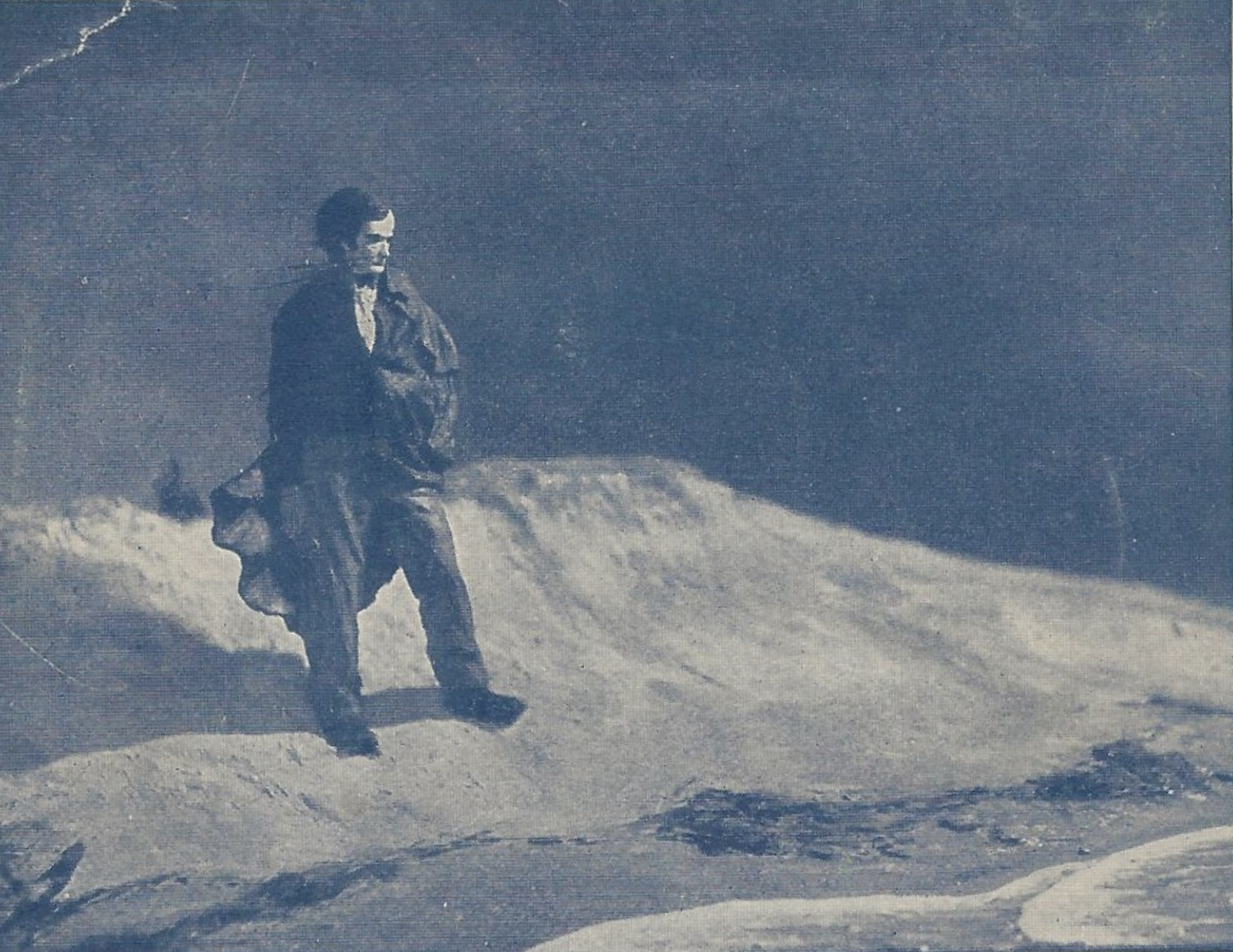The Poe Outro

In pop music, an “outro” is the concluding segment of a song—the word is made up from the opposite term, an intro , which is the introductory portion: it can be a guitar riff, a distinctive drumbeat, or a combination of similar elements. The introduction to Beethoven’s Fifth (or Symphony No. 5 in C minor) has been called “the most famous four notes in music history” and you can probably hear the ‘ ta-ta-ta-tum ’ in your head as you read this. (It said “ saxo-mo-phone ,” to Homer Simpson.) In the world of pop music, the Beatles were prone to writing memorable outros in songs like “Hey Jude” (‘Na, na, na-na, na-na,’ etc.), “Drive My Car” (‘Beep-beep ‘n beep-beep, yeah’) and “Ticket to Ride” (‘My baby don’t care’). All of these outros switched gears from the verse-chorus-verse-chorus pattern that preceded them into a repetitive loop that was intended to fade out as the song ended. That same idea—a repetitive pattern that takes us out of the pattern set up in the main body—was employ






